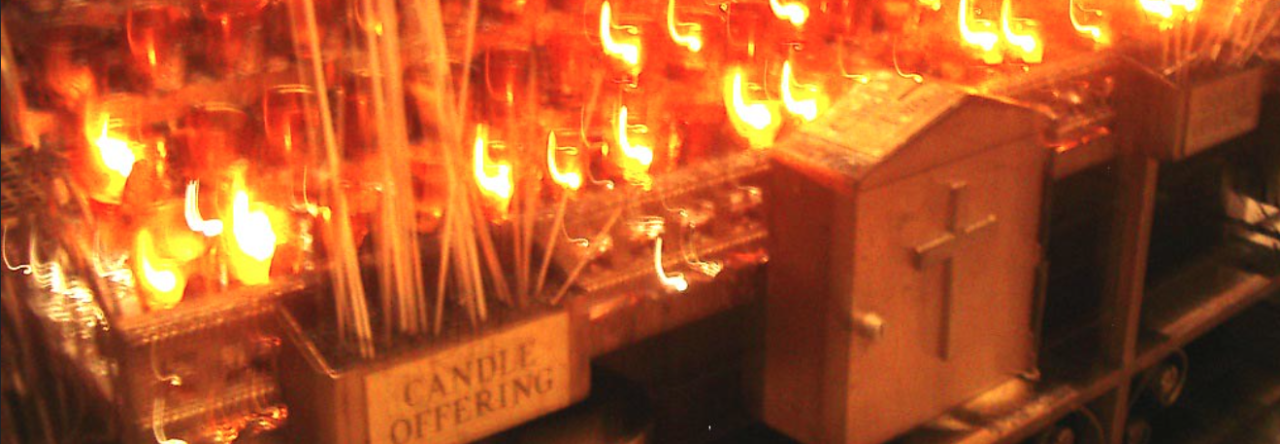Being religiously-based horror movies, representations of the Demonic are almost more expected than those of the divine within the twenty-one horror movies trailers analyzed from the years leading up to the Satanic Panic and the twenty-five trailers in the years following the moral panic. Unsurprisingly, the data analysis performed did find a steep increase in religious imagery in the movies made after the Satanic Panic. This could point to the phenomena of engaging with our fears in a recreational way, as it is the nature of horror movies to hold some type of a mirror to society’s moral panics just as it would the violations of any other, perhaps more benign, social norms. Refer to the table below for the specific occurrences of demonic imagery. This includes only figures or occurrences that are related to Biblical canon, so for instance a ghost or vampire that is not connected to Biblical lore would not be included in these counts.
| Demonic representation | Pre Satanic Panic | Post Satanic Panic |
| Satan | 1 | 6 |
| Demonic figure | 1 | 9 |
| Paranormal movement of objects | 2 | 10 |
| Unnatural movement of people | 4 | 5 |
| Possession of adults | 0 | 6 |
| Possession of children | 4 | 3 |
| Possession of animals | 4 | 2 |
The first distinction I would like to call attention to is the increase in representations of Satan and demonic figures. The amount of times Satan appeared anthropomorphized rose from just one to six occurrences. One representation of this is seen in the trailer for The Prophecy (1995), in which a satanic figure, the fallen archangel Gabriel lays out a man in a crucifixion-like position, and with just a point he sets the man on fire.
Credit: “Still 00:01:34 of ‘The Prophecy Official Trailer.’” NativeTelevision. (NativeTelevision). YouTube.
Similarly, the amount of demonic figures (not simply people who had experienced possession) went from just one to nine. These numbers are significant, but more so are their implications. The increase of Satan himself or demonic underlings implies a fear of the presence of such forces having increased, though it is possible that Satanic figures were simply in the collective consciousness of the filmmakers, having been a part of the American conversation for ten-plus years at that point. It is more likely, however, given that movies come from the consciousness and beliefs of all those who work on them, that the belief that Satanic invasion into an average person’s life was one that permeated into a resonating fear in the lives of many Americans. Moreover, possessions of children and animals actually lessened slightly as time went on, while possession of adults was nonexistent in the earlier movie trailers yet had six occurrences in the later trailers. The other big disparity in occurrences was the paranormal movement of objects. This further points to the assumption that religious horror movies were moving into a territory of possession that is less dramatic and more realistic in a sense. By this I mean, paranormal movements of objects is something that people could convince themselves of having experienced– even if in reality the wind is truly to blame. Other representations, though, were not so explainable as knocked over lamps or books falling off shelves. For instance, the trailer for the movie Stigmata shows the paranormal takeover of a Virgin Mary statue that appears to be crying blood (Rotten Tomatoes Classic Trailers 2012).
Credit: “Still 00:00:45 of ‘Stigmata Official Trailer #1 – Gabriel Byrne Movie (1999) HD.’” Rotten Tomatoes Classic Trailers. (Rotten Tomatoes Classic Trailers). YouTube.
Contrastingly, the trailer for the third installment of the Exorcist franchise shows a scene in which a figurine of Jesus opens its eyes, possibly a sign of Christ waking to our troubles– or of possession of the most sacred (ScreamFactoryTV 2017).
Click here to view the accessible version of this interactive content
Credit: “Still 00:01:10 of ‘The Exorcist III (1990) – Official Trailer (HD).’” ScreamFactoryTV (ScreamFactoryTV). YouTube.
The possession of adults, expanding beyond the more vulnerable populations of children and animals, taps into the fear of nobody being safe. In all, though the possessions of the earlier movies may seem to be just as demonic– in reality their presence is more of a storytelling mechanism than the later film’s genuine reflection of the fears of the masses.
